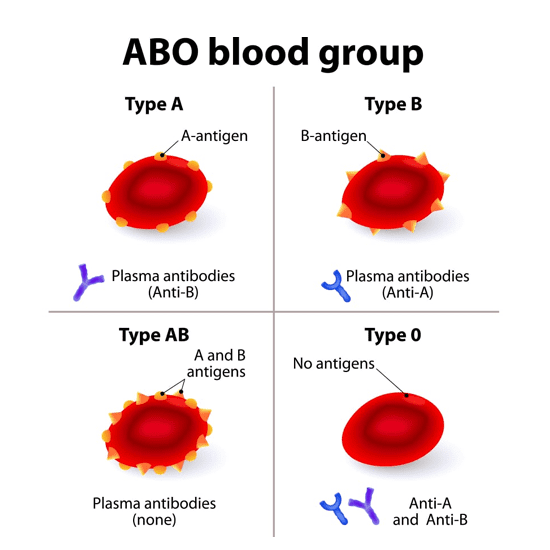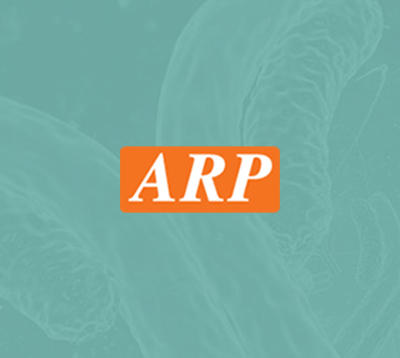Blood Grouping
Blood Grouping
Blood Grouping Product Focus
There are 8 main blood groups which are determined by expression of antigens on the surface of red blood cells. These are type A, type B, type AB and type O and each can be either Rhesus D positive or negative.

The ABO blood group system involves expression of antigen A or B on the red blood cell surface. Individuals can express either A, B, AB or no A or B antigen (type O). This is of great importance for blood transfusions as individuals who express the A antigen have anti-B antibodies in their plasma and vice versa. Blood transfusions fail if incompatible blood types are given due to the presence of anti-A or anti-B antibodies in the plasma. Although type O individuals do not express A or B antigens, they do express the H antigen which is a precursor to A and B antigens. There is a rare blood type called Bombay in which individuals do not express A, B or H antigens.
There are 5 main Rhesus (Rh) antigens on blood cells – C, c, D, E and e but Rhesus D is the most important for blood transfusions [2].
Although ABO and Rhesus D are the most important of the blood groups in terms of blood transfusion there are 38 blood group subtypes now recognised by the International Society of Blood Transfusion (ISBT) [3] - some of which are outlined below. It is important to note that expression of blood group antigens is not restricted to red blood cells, as they may also be expressed elsewhere.
Kell antigen system
The Kell blood group is complex, contains 25 antigens and is the next most important in terms of immunogenicity after ABO and Rh. K and k are the most important antigens in this group.
MNS antigen system
The main antigens in the MNS system are M, N, S and s though there are more than 40 known antigens in the group. The MNS was the second blood group system to be discovered after ABO. Glycophorin A is the carrier for blood group M and N and glycophorin B for S and U specificities.
Lutheran antigen system
There are at least 19 antigens in the lutheran system. This includes four antithetical pairs: Lua and lub; Lu6 and Lu9; Lu8 and Lu14; Aua (Lu18) and Aub (Lu19)
Lewis antigen system
The two main antigens in the Lewis antigen system and Lewis-a (Lea) and Lewis-b (leb). They are unusual in that they are not produced by the red blood cell but are secreted by epithelial cells and then absorbed onto the red blood cell surface.
Diego antigen system
This group of antigens are carried on the red blood cell transmembrane glycoprotein band 3/CD233. There are a variety of rare blood types in the Diego system. These include Diego and Wright which consists of two pairs of antithetical antigens – Dia and Dib; Wra and Wrb and at least 17 other rare antigens [4].
Blood type products: American Research Products supplies a number of antibodies to blood group subtypes.
References
- Laura Cooling. Blood Groups in Infection and Host Susceptibility. Clin Microbiol Rev. 2015 Jul; 28(3): 801–870. doi: 10.1128/CMR.00109-14
- Dean L. Blood Groups and Red Cell Antigens [Internet]. Bethesda (MD): National Center for Biotechnology Information (US); 2005. Chapter 7, The Rh blood group. Available from: https://www.ncbi.nlm.nih.gov/books/NBK2269/
- https://isbtweb.org/working-parties/red-cell-immunogenetics-and-blood-group-terminology
- Junqueira, Pedro C. and Castilho, Lilian. The history of the Diego blood group. Rev. Bras. Hematol. Hemoter. 2002, vol.24, n.1 [cited 2019-12-31], pp.15-23. http://dx.doi.org/10.1590/S1516-84842002000100004




